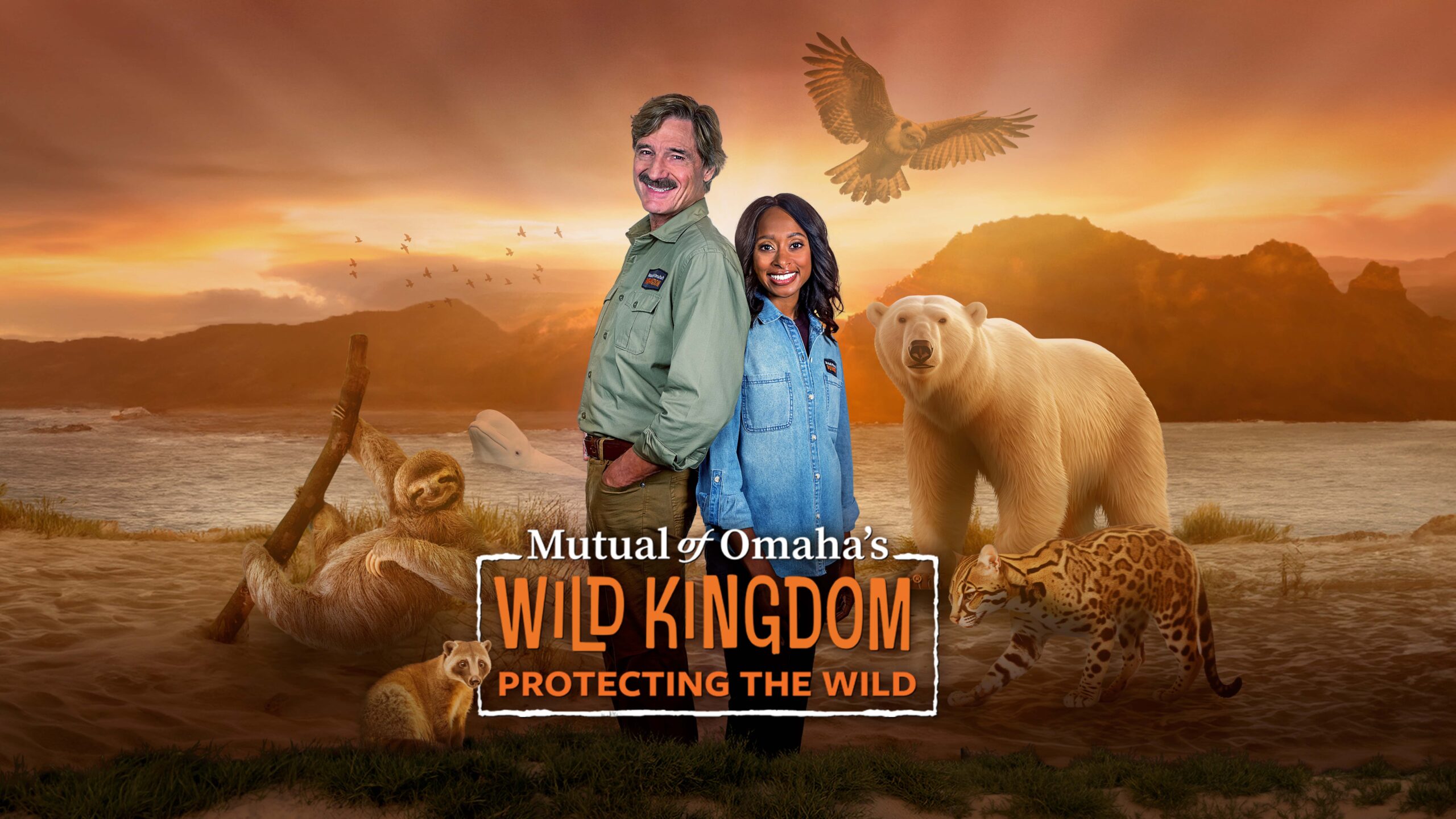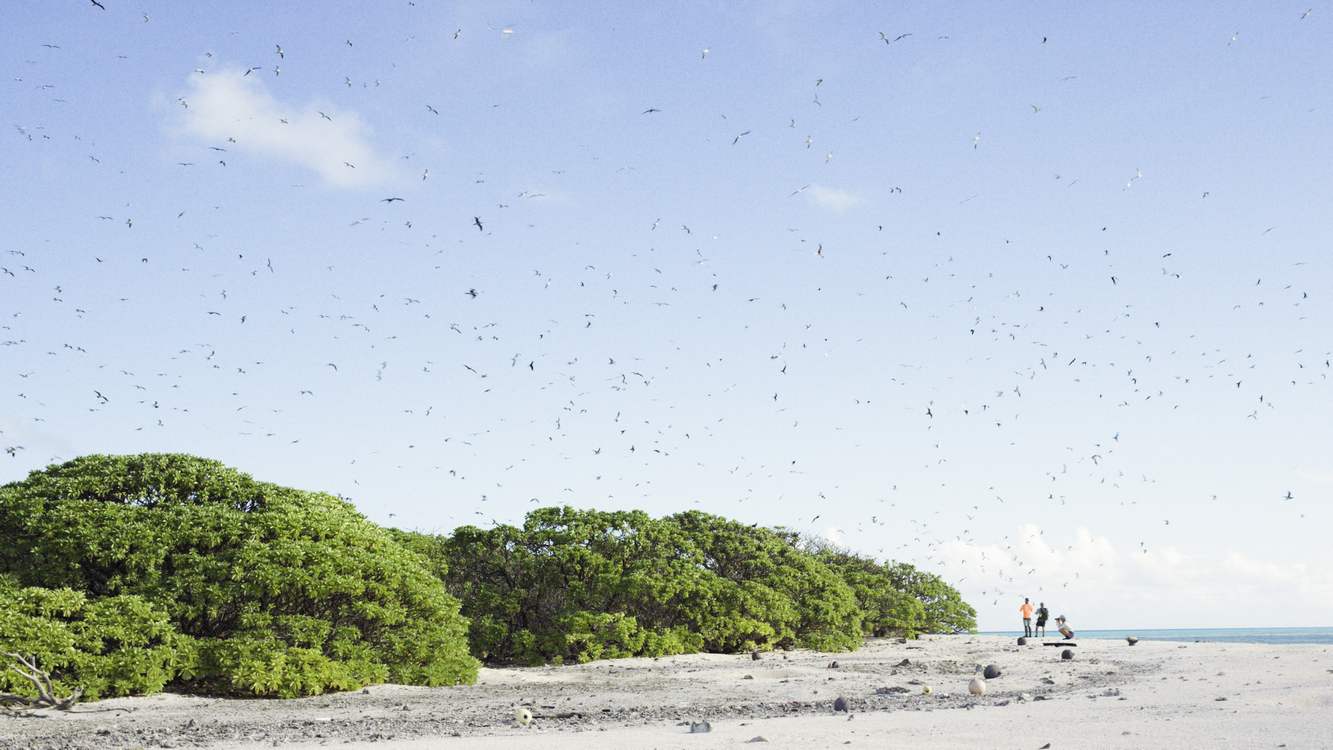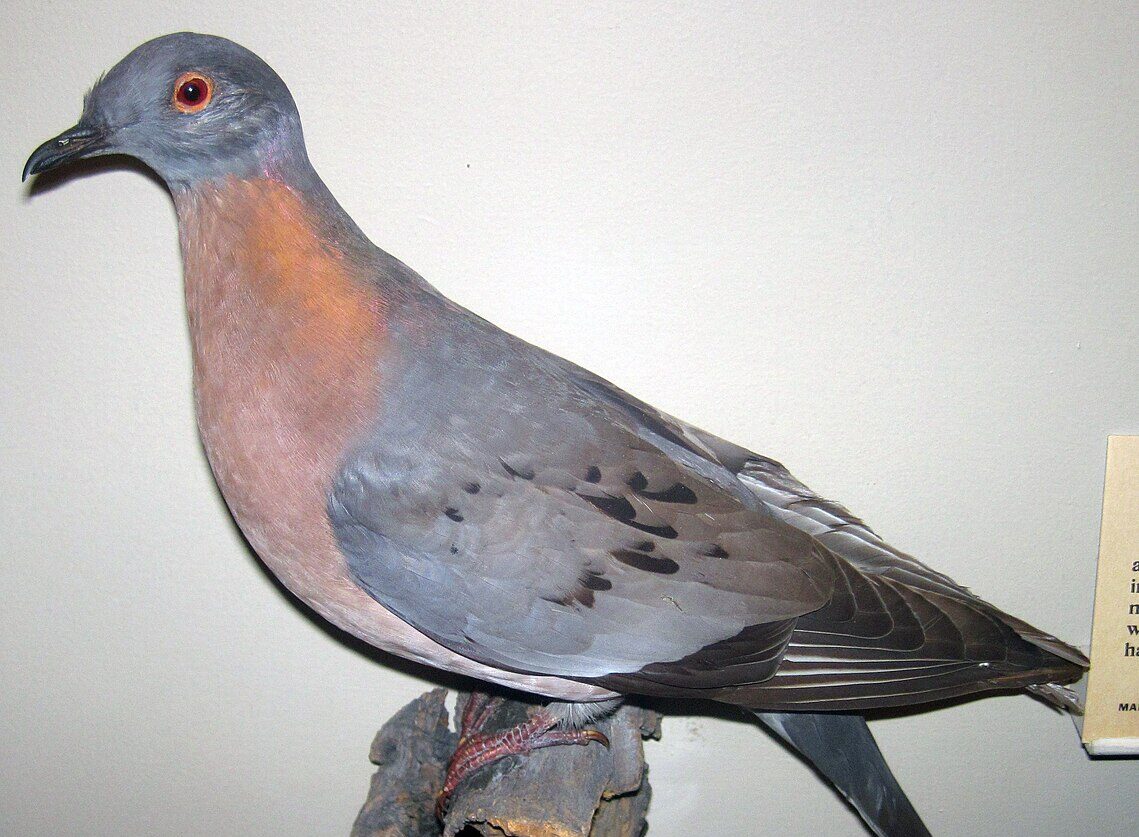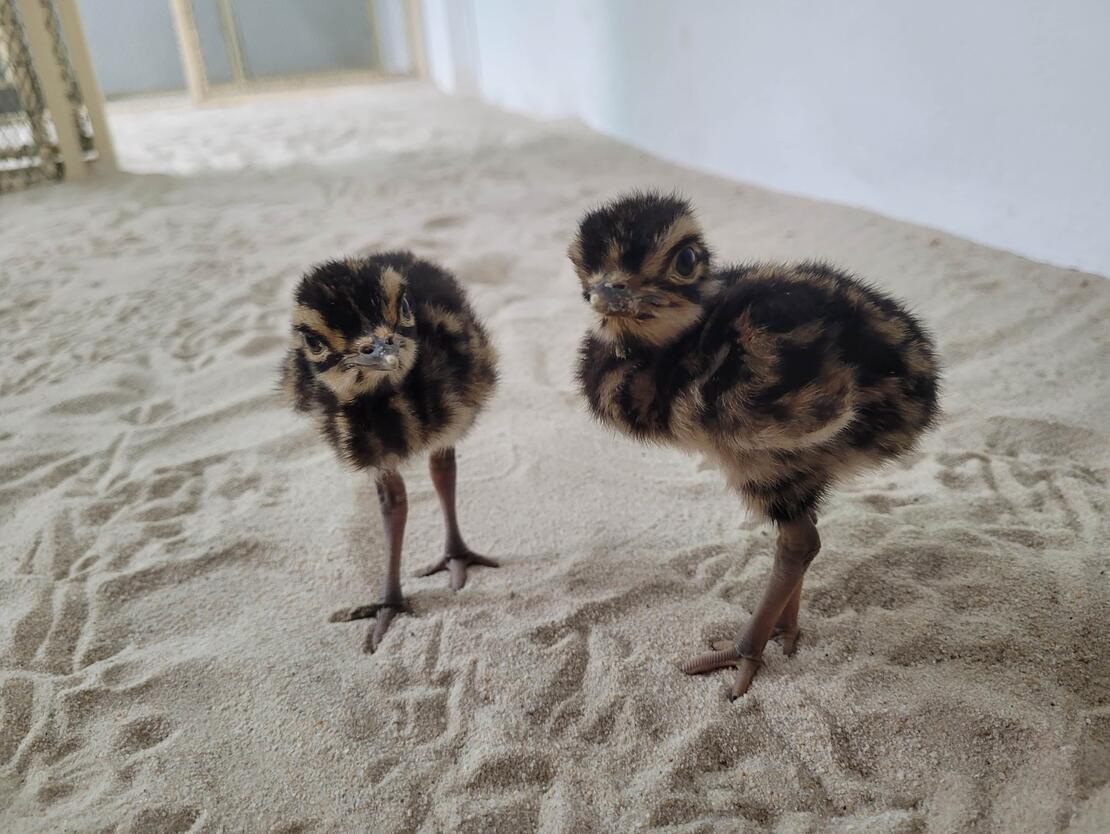For an entire generation of Americans, the ones for whom The Tonight Show starred Johnny Carson, and who were glued to the TV or radio during the Cuban Missile Crisis, the first time they ever saw footage of the Amazon River or the Serengeti was when it came down into their living rooms via Mutual of Omaha’s Wild Kingdom, a program originally sponsored by a Nebraska health and life insurance company whose chairman was a conservationist by heart, if not by profession.
Running 22 seasons and picking 41 major television awards for episodes that have been watched countless millions of times, it is easily arguable that the program jumpstarted wildlife television as we know it today, and as such can be considered the father of Animal Planet, Discovery Channel, and every program shot in the wilds that these channels ever featured.
Now, along with finding a new home on NBC, Mutual of Omaha’s Wild Kingdom has been restarted successfully for a new generation. Peter Gros, the host since 1985, is joined by Dr. Rae Wynn-Grant, predator ecologist and National Geographic Fellow, and along with its rightful place on cable TV, is also broadcast on YouTube to help bring the magic of Wild Kingdom to the internet generations, who can watch highlights and full episodes of the old program on its channel.
“The message I hope we’re sending is: yes it is important that we continue—who would like to live in a world without wildlife and wild places—so if we all do our part we can sustain our wildlife and our wildlands,” Gros tells WaL. “We’re getting a lot of nice positive feedback, and I think a lot of people were hungry to hear less doom and gloom stories about the future of our planet and its animals and the natural world”.
Times a-changing
The world has changed since the days of Perkins and Fowler, as seen in the classic episode from the 1960s above. As Gros tells WaL, there were good trends and bad. For example, Gros highlighted the plight of the bald eagle—then on the Federal Endangered Species List, which Wild Kingdom actually did an episode on. Today, it’s one of the most widespread and numerous raptors in America.
“In many senses it has changed a lot,” says Gros. “Back in 1963, when Wild Kingdom first started doing the show with Marlon Perkins, their goal was to affect people’s attitudes about the importance of conservation”.
Alligators, peregrine falcons, black-footed ferrets: there was seemingly no end to the number of native wildlife species at serious risk of extinction. This new iteration of the show is called Protecting the Wild and probably reflects the fact that the phenomenon of species going extinct is very well understood in general across society.
“The idea came up with Protecting the Wild, ‘let’s tell the story of conservation successes’. Let’s create some hope, let’s not have this next generation think that it’s too late, because there are solutions to the problems that we have,” says Gros. “The show we have been filming, is [sic] that we’ve been talking how we do indeed have some problems with conservation, but here are some solutions”.
Gros received the offer to take over for an ailing Marlon Perkins in 1985, after making a career designing more natural wildlife enclosures in America’s zoos. A childhood romping through a 3,600-acre forest his grandfather had reforested in New York’s Hudson Valley had instilled in him a love of all wild things that eventually led him to a degree in animal husbandry with a focus on big cats.
In a still-going-strong career of more than 40 years in wildlife conservation, Gros has seen many successes. He recounts the story of the Channel Islands fox, and the recovery program that saved it from extinction without ever having to leave its native island. Their numbers were falling from multiple causes. A cattle ranch was destroying habitat, and golden eagles, which prey on terrestrial species, were drawn to the islands from the mainland due to the presence of invasive mammals.
“Rather than collecting foxes and moving them off the island, and facing issues of disease since they were endemic only to the Channel Islands, the raising was done there on the island in large enclosures,” he said. The foxes were an easy meal for the eagles, since they never had to worry about being preyed on before, but once the invasive species were cleared, the golden eagles departed.
“The fish-eating eagles are back—the bald eagles—but they have no interest in the foxes. So many of the stories we’re telling are of animals that were in peril but are doing much much better”.
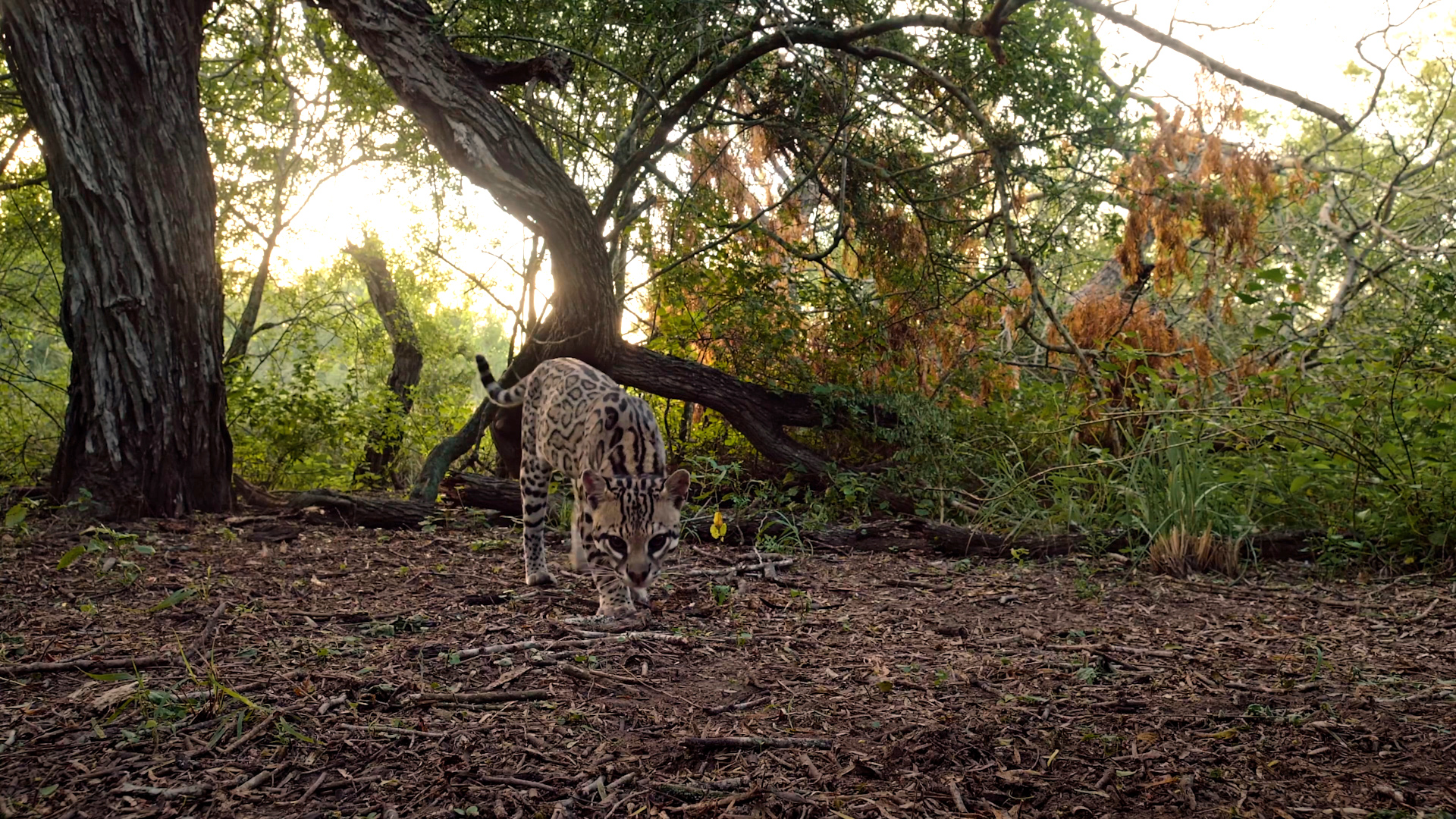
The next generation
It isn’t just the animals that have changed over Peter’s career, but the tech.
“It’s just evolved in such a positive way,” Gros said, remarking how simple much of the filming for season two of Protecting the Wild was done compared to the rigors involved with the original Wild Kingdom. “We used actual film, and you could spend days in a hide near a water hole hoping animals would show up. You spent hours and hours hiding and waiting. To get those long sweeping shots, you had to use old bell helicopters”.
“Now what you see is a lot more natural animal behavior in the wild because we have very quiet drones. We don’t have to get close at all, we have these incredible long lenses that shoot in digital and the photography is just incredible. You can set up motion and heat sensing cameras along trails and capture animals coming by. So the advantages to doing the new show is you see so much more natural behavior, and I have to admit, being involved in both eras, it’s much easier on the body too by the way!”
Just as Mutual of Omaha’s Wild Kingdom taught Americans about the challenges facing conservation for the first time, part of Protecting the Wild’s mission is to inspire the next generation of conservationists.
“Our new series is very science-based, so I think it’s important that we affect the attitude of the younger generation; we hope this next generation becomes concerned about conservation,” says Gros, who added that summertime, Saturday morning viewership on NBC has totaled over 1 million viewers per episode.
Many of the episodes start by addressing the conservation status and threats of an animal featured in the show immediately.
“So with social media, I think it’s a good way: to set it up at the beginning of the show, then the show evolves talking about some of the solutions, and then at the end of the show creating hope, and the fact that this is a problem is going to be solved”.
Many of the shooting locations and the wildlife species featured in season 2 are located right on Americans’ home continent, from as far south as Panama, across the Caribbean, and from Texas to the Mid-Atlantic Coast.
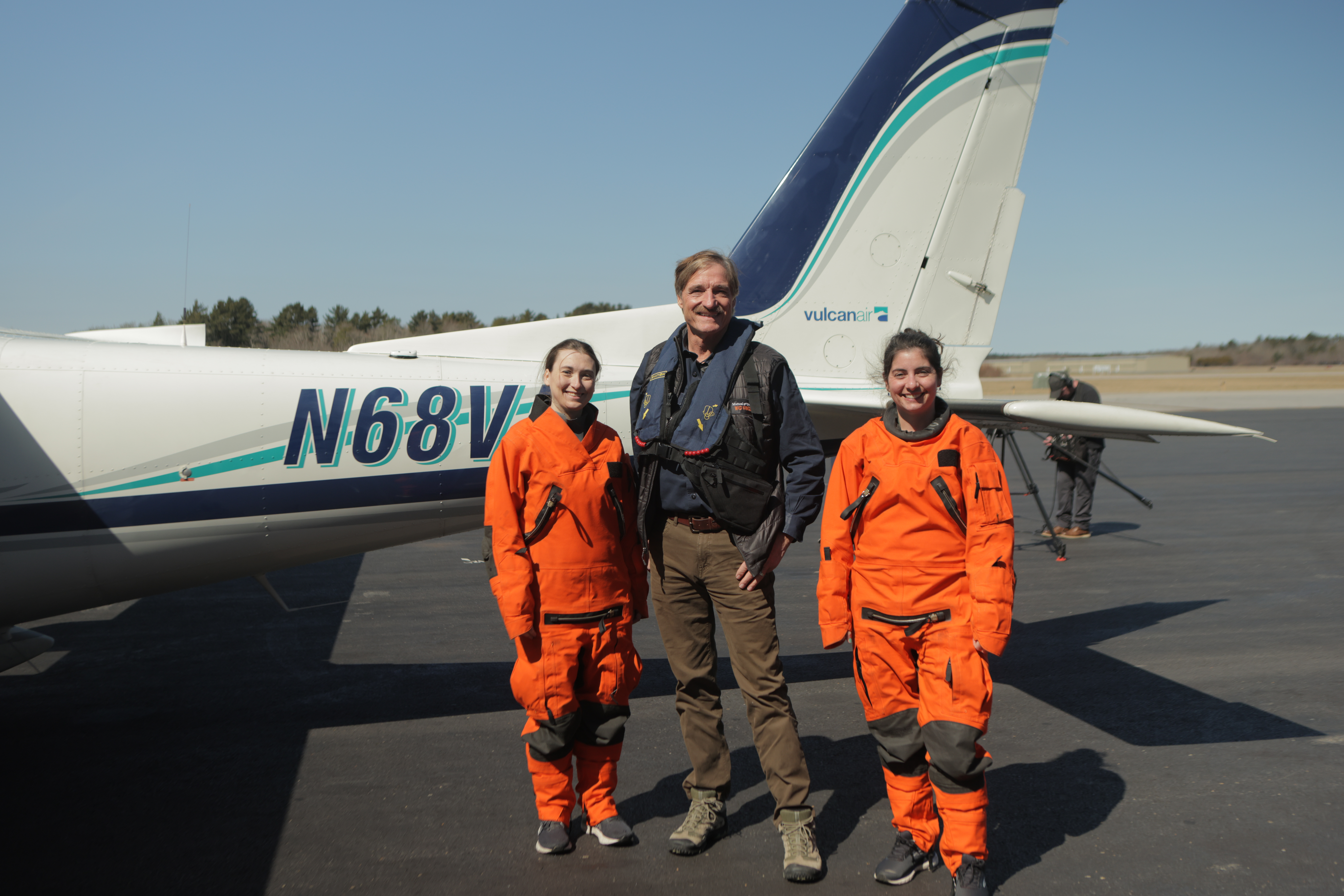
“We decided there are so many good stories in North America to tell, let’s do what we have with successes in our own backyard. Next season we’re looking at places like Australia, we’re looking at Africa, and we’re looking at doing more international shows.
Several stories, as Gros has explained, focus on solutions and problem-solvers, helping beasts as small as the ocelot, a South American wildcat that occasionally strays into south Texas, to the North Atlantic right whale, one of the most endangered in the world with only 340 individuals left in the oceans.
“Their problem is entanglement with lobster pots—literally millions of lines of ropes dangling from buoys in the water in areas where they would be traveling and feeding, and fortunately, again reasons to hope, we worked with the Woods Hole Institute and their solution is ropeless lobster pots,” he said.
“[With the ocelot] it’s a success story of progress that’s happening long-term. They’re using advanced reproductive technology, habitat restoration, and private land partnerships that are supporting the recovery program. Like, so many of the projects we’re filming, there are so many agencies, volunteers, and groups working together to make this happen”.
The second season debuted on October 5th, and airs Saturdays on NBC’s “The More You Know” programming block. WaL
PICTURED ABOVE: PC: Mutual of Omaha’s Wild Kingdom, supplied.
